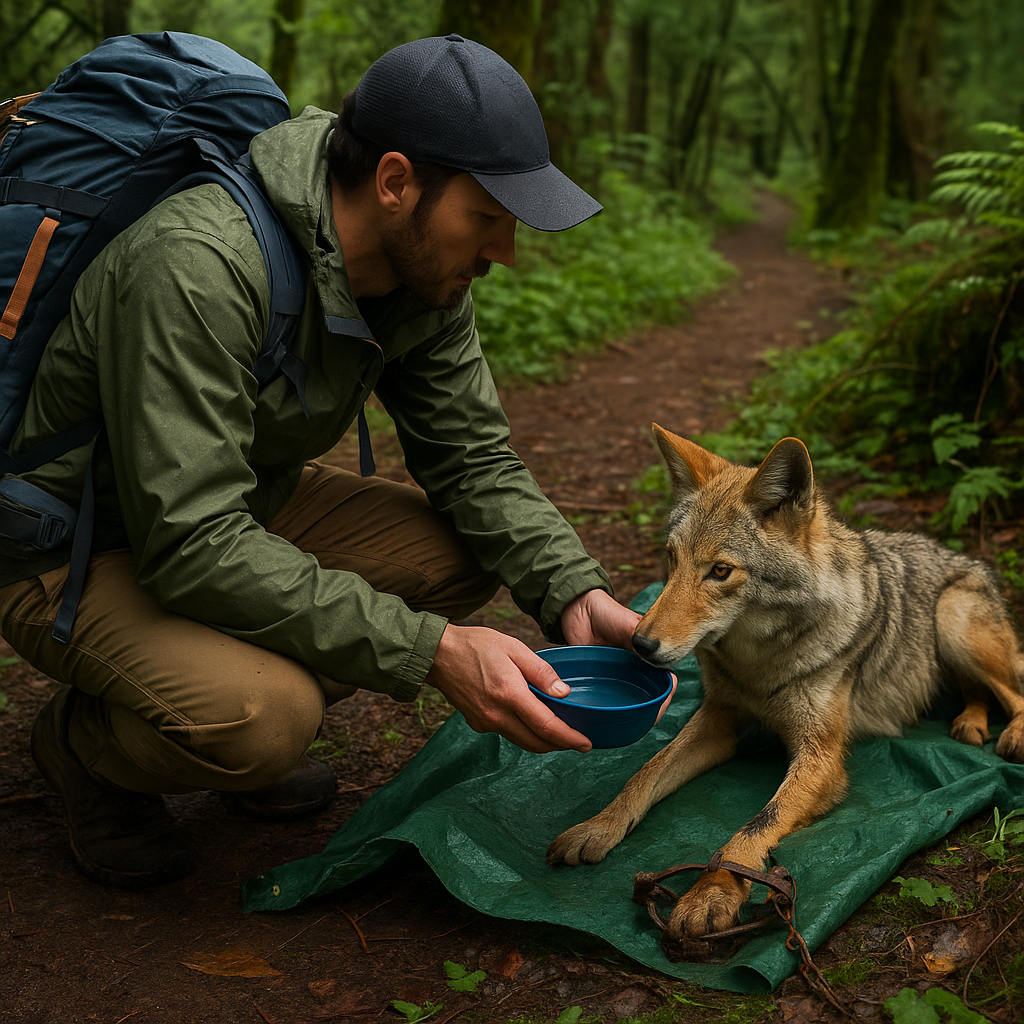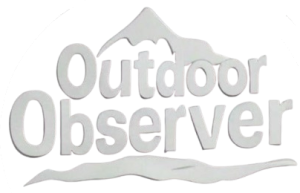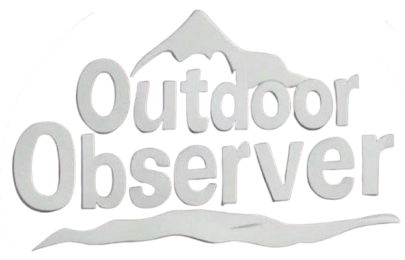This Content Is Only For Subscribers
It was the kind of morning hikers dream about—clear skies, crisp mountain air, and the first light breaking through the dense forest canopy of Oregon’s Columbia River Gorge. I was three days into a solo backpacking trip along the Eagle Creek Trail, a route known for its cascading waterfalls and moss-covered cliffs. The kind of place where nature still holds its breath, untouched and wild.
Around mid-morning, I veered off the main trail toward a less-used path that hugged the cliffside. The area had been partially closed years ago due to wildfire damage, but some sections had reopened recently. I moved carefully, alert to loose rocks and charred roots. That’s when I heard it—a faint, rhythmic whimpering that didn’t belong to the wind or any bird I knew.
I stopped. Listened again.
It was coming from the thicket near a fallen cedar tree. I pushed through the brush, and there, half-hidden beneath a tangle of blackberry vines, was a young coyote. Thin, trembling, and clearly in pain. One of its legs was twisted unnaturally beneath a rusted, illegal snare trap—left behind by someone who had no business setting such things in a place like this.
The animal flinched at my presence but didn’t try to flee. Its eyes—wide, amber, full of fear—locked onto mine. I dropped to one knee, speaking softly, and slowly removed my pack.
I’m no wildlife professional. Just an avid backpacker with some first-aid training and a deep respect for the backcountry. I knew better than to try a full rescue on my own, but I couldn’t walk away.
I marked my GPS coordinates and used my satellite communicator to send a distress message to the Oregon Department of Fish and Wildlife. They responded quickly, confirming help was en route but warning that it might take hours to reach my location.
I stayed with the animal, keeping my distance but ensuring it didn’t try to move or worsen the injury. I used my tarp to create shade and dripped water nearby. As the minutes turned into hours, I had time to think—about how many times I’d hiked these trails, how much I loved this land, and how often we forget that it belongs just as much to the creatures who live here.

When the wildlife officer arrived by foot—gear strapped across his shoulders and calm professionalism in his every step—he confirmed what I’d suspected. The snare was illegal, likely left behind by a poacher or an irresponsible trapper. He sedated the coyote gently and removed the trap. The leg was badly injured, but there was a chance it could be saved.
Before he carried the animal out in a makeshift sling, he looked at me and said something I won’t forget: “People think the wild can heal itself. But it can’t do that when we keep leaving our damage behind.”
The rescue at Eagle Creek wasn’t dramatic in the way survival stories often are. But it was real. And it changed something in me.
Back home, I learned that the coyote survived. Its leg was splinted, and it was transferred to a wildlife rehabilitation center outside of Bend. With luck, it would return to the forest one day—wary, yes, but free.
I share this not to paint myself as a hero. I did what any decent person would. But I hope it reminds others—campers, hikers, anglers, all of us who cherish the outdoors—that we’re never just visitors. We’re part of the ecosystem, whether we like it or not. And every wrapper we leave, every shortcut we take, every trap we ignore—it leaves a mark. Sometimes that mark lands on the leg of a coyote, curled and crying beneath the trees. And sometimes, we’re the only ones who can make it right.



